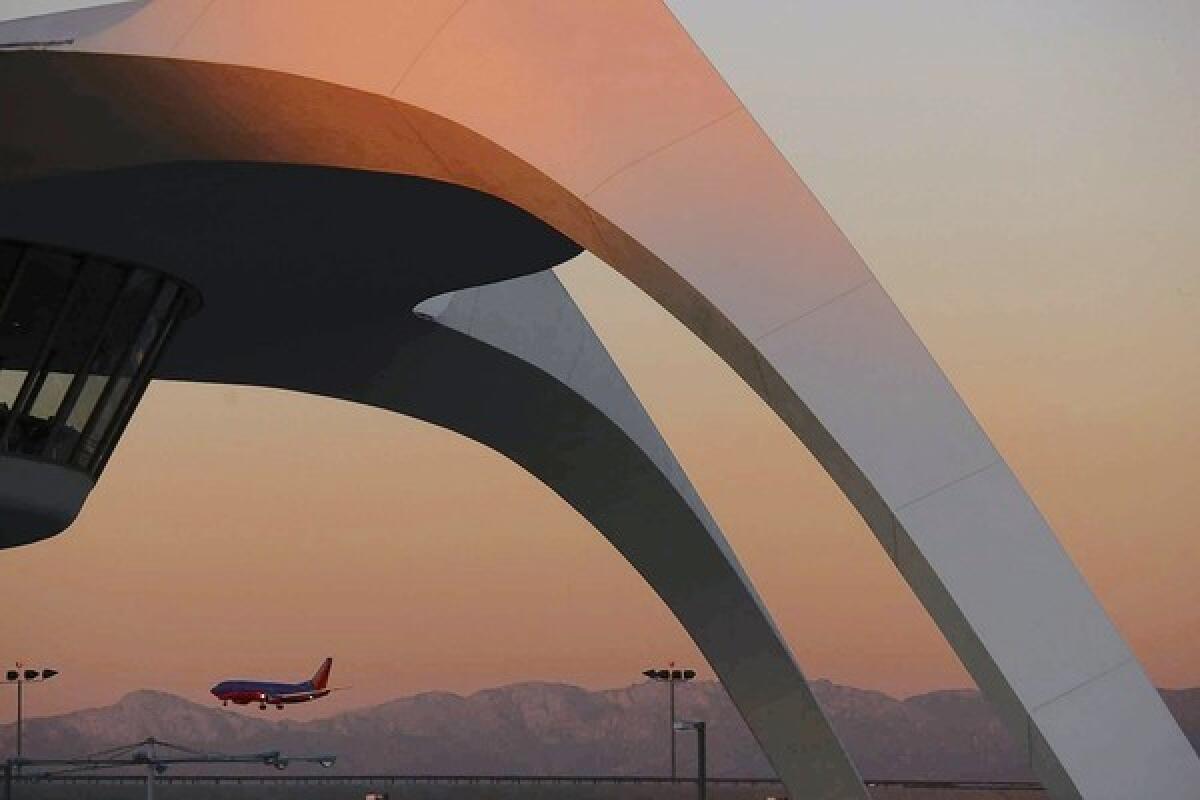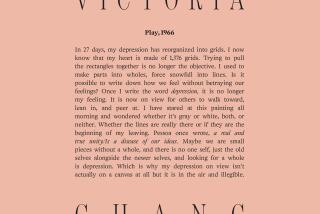Discoveries

When I Am Playing with My Cat, How Do I Know That She Is Not Playing With Me?
Montaigne and Being in Touch with Life
Saul Frampton
Pantheon: 320 pp., $26
Montaigne’s famously vibrant “Essays,” the first of which were published in 1580, came a little more than half a century before the work of Descartes (“Meditations on First Philosophy,” 1641, and “Principles of Philosophy,” 1644), which is generally considered to be the foundation of modern philosophy. By contrast, Montaigne’s essays delight in human sensuality, uniqueness, even unpredictability. The senses are extolled as the critical path to human knowledge; language is all that separates us from the animals. Though Montaigne’s early essays were about war (a fascination with harquebuses and battle wounds), the later essays are playful, uninhibited, and in parts painfully intimate (sexual dysfunction; the passing of kidney stones, etc.). Saul Frampton, in his lighthearted book, “When I Am Playing with My Cat, How Do I Know That She Is Not Playing With Me?,” explores the shift in Montaigne’s thinking: What happened in the philosopher’s life that inspired him to, well, live a little? There are many answers: A fall from a horse, an episode in which Montaigne was the victim of a highway robbery, the loss of four daughters shortly after their births, the death of his brother and, most of all, the death of his very dear friend, Etienne de La Boétie. Vulnerability chased Christian stoicism to the margins of Montaigne’s daily routines and certainly out of his writing. Frampton shows how Montaigne’s later essays are full of fascination and observation and how he approaches practical issues — his health, his political obligations, his role as a winemaker — with an enviable equanimity. Questions like the one in Frampton’s book’s title are charming, light precursors to the heavy burdens of Descartes’ “I think, therefore I am.”
Light Lifting
Stories
Alexander MacLeod
Biblioasis: 219 pp., $16.95 paper
Every so often a new writer comes along with a true gift for language — not necessarily heavy with metaphor or profound imagery but has an elegant, conversational simplicity. It takes a certain clarity of mind not to burden sentences, and Alexander MacLeod has it in the story collection “Light Lifting.” For example: “I ate my lunch with Tom every day and every day it was the same thing.” “The sun just kept streaming down on us, all bright and summery. It wasn’t right and I kept wishing for it to be darker so I didn’t have to see it all so clearly.” The stories veer toward darkness — he explores two world-class runners and the insidious nature of competition; the trauma of peer pressure; the terrors of young parents, the proud sorrow of single mothers and the embarrassment of their children. MacLeod’s graceful writing lends these and other scenarios a humanity, a community of hardship and survival. In this way they move forward; the characters move forward; life goes on.
Aerotropolis
The Way We’ll Live Next
John D. Kasarda and Greg Lindsay
Farrar, Straus and Giroux: 447 pp., $30
The term “aerotropolis” refers to cities built up and around airports but also to a way of life — a global middle class constantly on the move, not unlike George Clooney’s character, Ryan Bingham, in the 2009 movie “Up in the Air.” Greg Lindsay attributes this term to John Kasarda, a business professor at the University of North Carolina. Kasarda’s passion for these new cities has inspired developers like Stan Gale to build New Songdo in South Korea, an environmentally certified, sensor-controlled, stylish business hub for 200,000 people not far from Incheon airport. “The three rules of real estate have changed,” Lindsay quotes Kasarda, “from location, location, location, to accessibility, accessibility, accessibility.” Lindsay addresses environmentalists’ concerns with increasing the number of airports and with building cities around these airports.
According to the book, more than 6 billion people live in cities today, and by 2050 that number will double. Readers are taken back in time to see how trade has affected living patterns even before the creation of the Dutch East India Co. in 1602. The importance of building new smart cities is discussed, especially in China and India. The book conveys the excitement of the engineers, developers and problem solvers working to shorten the commute for businessmen and women and the goods they set in motion around the world. “The aerotropolis is a time machine,” Lindsay writes, and “time is the ultimate finite commodity.”
Salter Reynolds is a Los Angeles writer.
More to Read
Sign up for our Book Club newsletter
Get the latest news, events and more from the Los Angeles Times Book Club, and help us get L.A. reading and talking.
You may occasionally receive promotional content from the Los Angeles Times.






